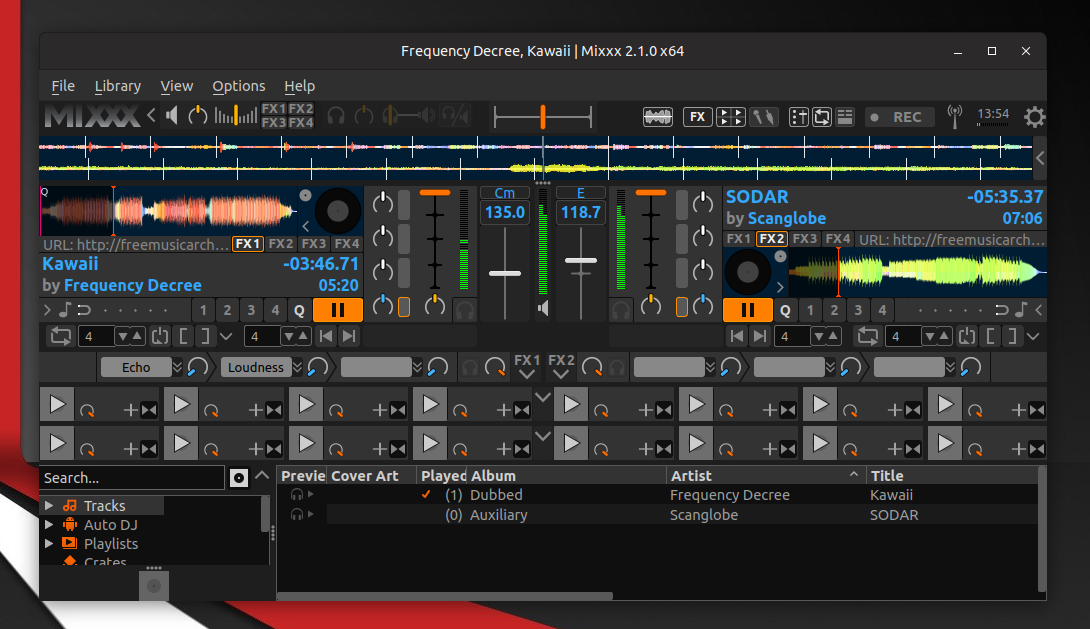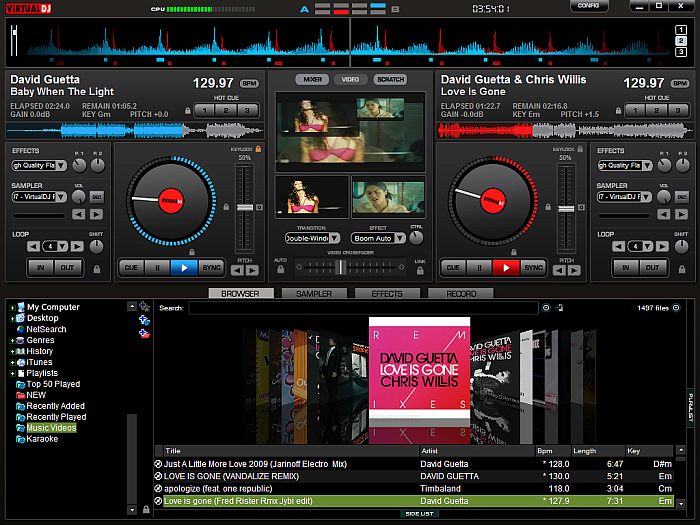

If you are starting Mixxx from a command line on GNU/Linux, you probably If you are considering what sound card to get for use with Mixxx, read Mixxx and Audacity both use the PortAudio library toĪccess sound cards on multiple OSs, so those suggestions apply to both If you are running Mixxx on Windows 10, try following theseįrom Audacity. Refer to theįor more information about different sound APIs. Helpful for using a sound card that has an ASIO driver together withĪnother sound card that does not have an ASIO driver. WDM-KS, so it may be better to use WDM-KS directly.

There is no ASIO driver for your sound card, it might be possible to useĪSIO4ALL, but ASIO4ALL is a wrapper around Manufacturer's website for an ASIO driver to download and install. Generally,Ĭonsumer grade sound cards like those built into computer motherboardsĪnd external monitors do not have ASIO drivers. Trying to use with the sound API you have configured. On Windows, you need to have a driver for each sound sound card you are If you plugged your soundĬard in after starting Mixxx, restart Mixxx and look again under Sound Mixxx only detects sound cards on startup. Supply, make sure that is plugged in too. I can't select my sound card in the Sound Hardware preferencesĬheck that your sound card is plugged in. On Windows, the recommended ASIO sound API typically requires that only

usr/share/applications/sktop to change the line:Įxec=sh -c "pasuspender - mixxx || mixxx" If you use JACK and do not want Mixxx to pause PulseAudio, you can edit Refer to the Mixxx manual for more information "pulse" virtual ALSA device with Mixxx when running Mixxx on the command Sound, either they all need to use JACK, or you can try using the On GNU/Linux, running Mixxx from a GUI menu or from the launcher iconĪutomatically suspends PulseAudio while Mixxx is running so Mixxx can Other programs do not make sound while Mixxx is running To run Mixxx in Low Resolution Mode, right click on the Mixxx application in Finder, select Get Info, and check "Open in Low Resolution". This is not an issue with Mixxx 2.3 beta. Mixxx 2.2 on macOS 11 may need to be run in Low Resolution Mode. Then doubleclick this file instead of Mixxx shortcut to launch it. QT_SCALE_FACTOR=1.5 or QT_SCREEN_SCALE_FACTORS=1.5 while the latter overwrites QT_SCALE_FACTOR.įor supported operating systems the commands to apply scaling options vary: Linux You can also apply a specific scale factor (for example 1.5 = 150%): You can disable automatic scaling with QT_AUTO_SCREEN_SCALE_FACTOR=0. Need scaling, or if your screen does require scaling you may prefer aĭifferent size than the automatically determined default. Sometimes it uses scaling to make the GUI too big on screens that do not Unfortunately, this does not always work well. Graphical user interface (GUI) is too big or too smallĪs of Mixxx 2.2, Mixxx uses Qt's automatic scaling for high pixelĭensity screens. Section of the manual for more information. You probably want to use a Microphone input instead. You are not using either of those, do not configure the Record/Broadcast This is for recording and broadcasting from anĮxternal hardware mixer or an audio interface with a loopback input. When this input isĬonfigured, Mixxx will broadcast and record the signal from it instead The Sound Hardware section of the Preferences. Broadcasting or recording signal is silentĬheck if you have anything configured for the Record/Broadcast input in Raising the audio buffer size or downgrading to an earlier version of Windows may work around the issue. Updating to Windows 10 20H2 has made this worse for some users. Furthermore, see the Adjusting Audio Latency page for tips on tweaking the latency in your operating system. First, raise your audio buffer size in Preferences > Sound Hardware until sound is flawless. Your audio latency may be set lower than your system can handle. The latest version isĪvailable on the download page. Latest version of Mixxx before you ask for help. If you've got a question that's not answered here, please post in the If you were directed here from the Sound Hardware preferences in


 0 kommentar(er)
0 kommentar(er)
